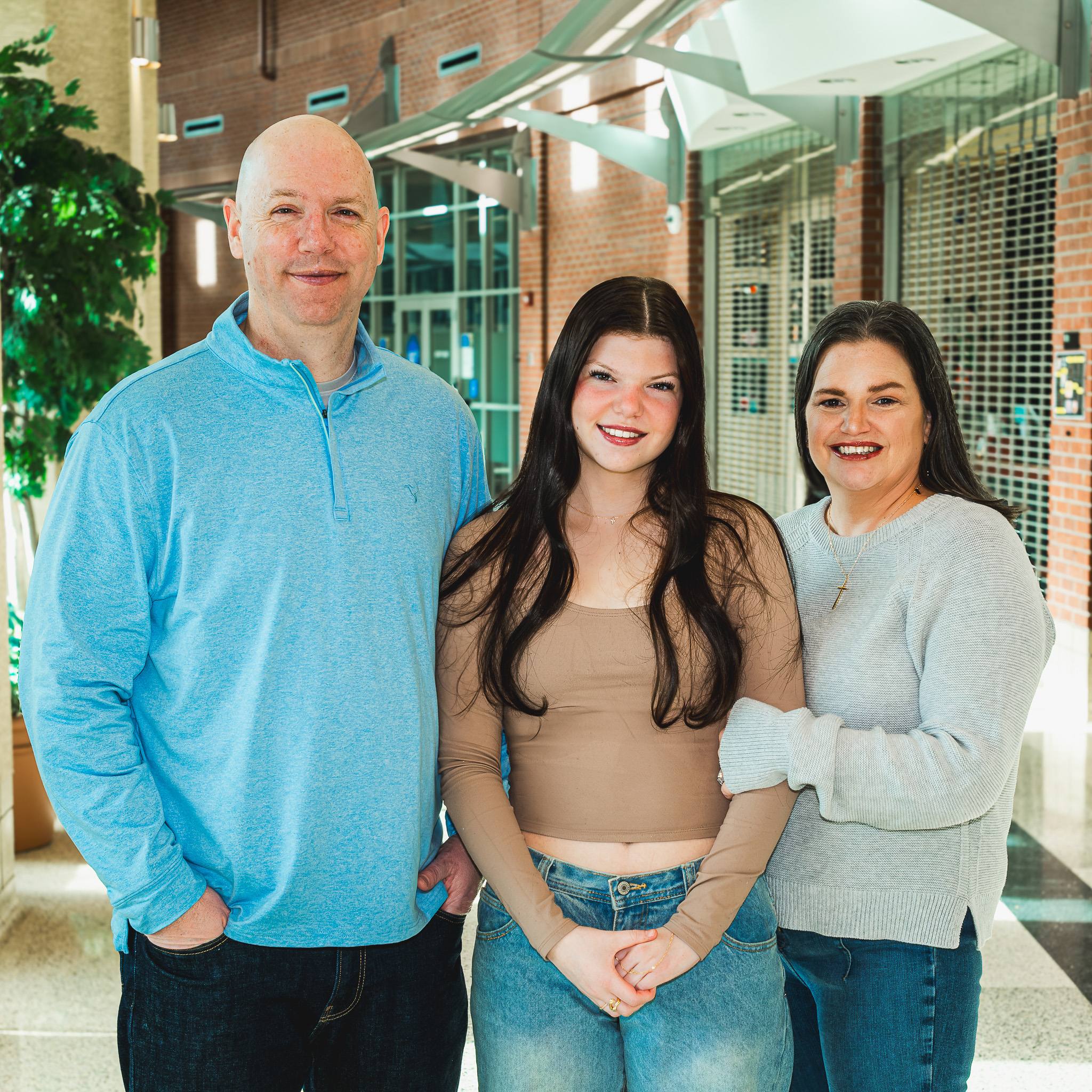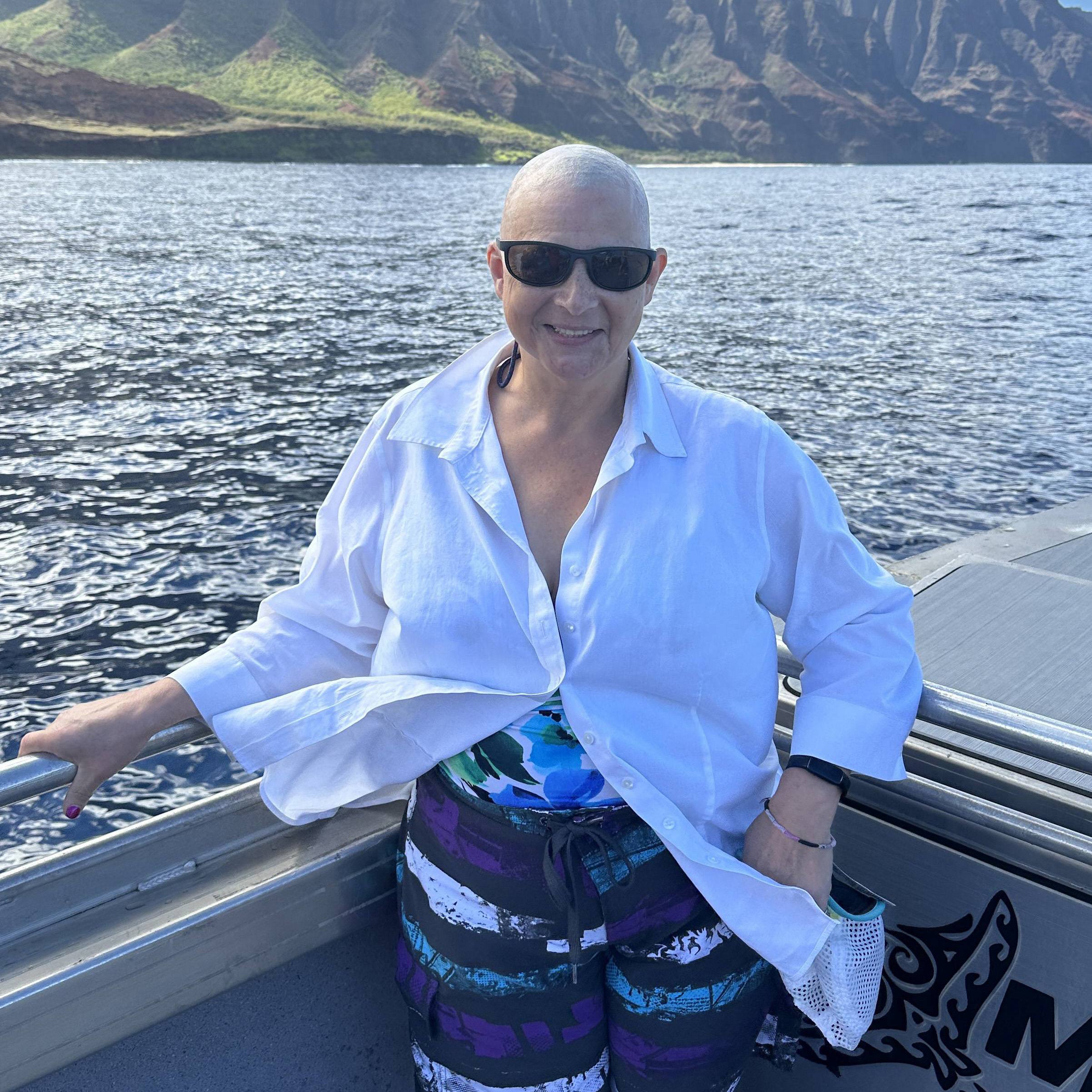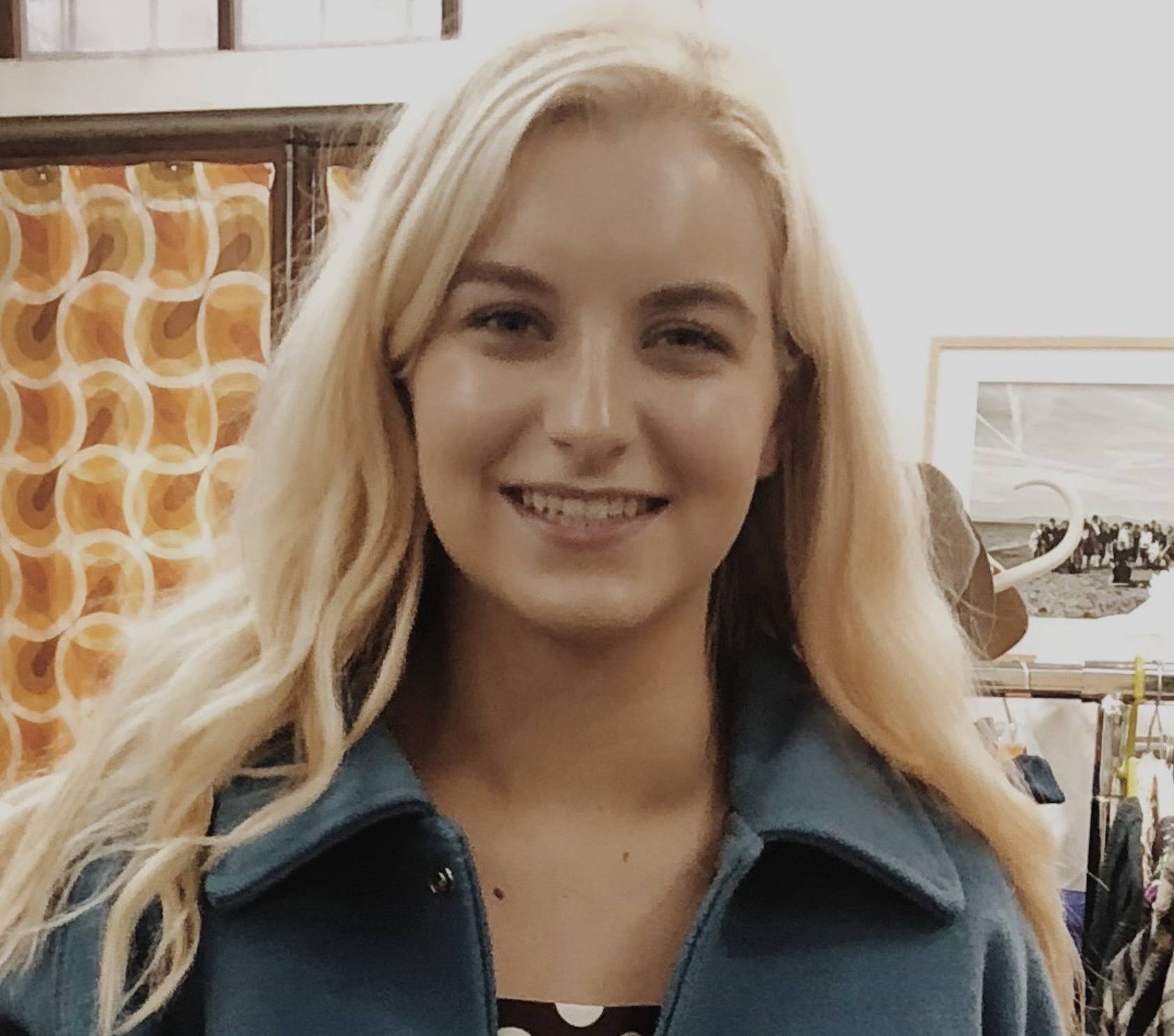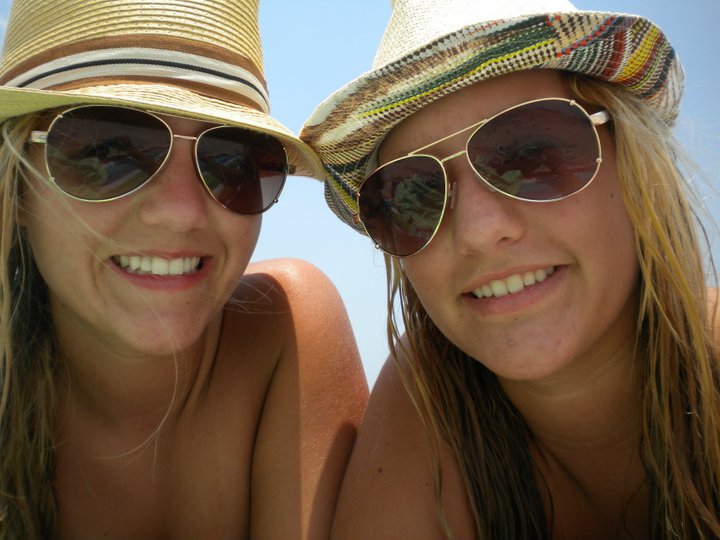
Summer’s here and I’m ready to be outside. Whether it’s going to the beach, attending sporting events, or just strolling downtown, I’ve been looking forward to having fun in the sun. After all, having grown up in Florida, I love being outside. But after being on the job at Mayo Clinic in Jacksonville – which is the site of my summer internship – I suddenly realized my activities could be life threatening.
[VIDEO: "What causes skin cancer and who is at risk?"]
Being exposed to the sun unprotected is a danger most people don’t take seriously. I, for one, never really thought about it before. Admittedly, I don’t always apply sunscreen or sometimes under-apply it in order to gain a “healthy” looking glow over the summer.
As part of my internship I had the opportunity to attend a radio interview about skin cancer with Mayo Clinic dermatologist Anokhi Jambusaria, M.D.
At first I was fascinated by the process of the media interview, but my attention quickly shifted when I heard Dr. Jambusaria inform the audience that skin cancer is currently the most common form of cancer in the United States. I was shocked and then got a little nervous as the hypochondriac in me kicked in. After all, no one ever thinks that they will be the one to develop cancer yet it is one of the leading causes of death.
Concerned, I sought Dr. Jambusaria to ask more questions. When we met, she began with a striking analogy:
“Think of the sun as the 21st century cigarette smoking epidemic. Several decades ago, no one knew that cigarettes were dangerous and caused cancer; therefore smoking was popular until recently when people became aware of the consequences. Similarly, people haven’t realized that the sun is dangerous and a leading cause of cancer and therefore they don’t appropriately protect themselves. Luckily, I think the word is getting out there and some of our younger patients have tuned in and are more careful about sun exposure.”
According to statistics from the American Cancer Society, one in five Americans will develop skin cancer in their lifetime. Those with fair skin- usually accompanied by red hair, blonde hair, or blue eyes, are at a higher risk because there is less pigment in their skin. Unfortunately, I fall into this category.
I was surprised to learn that those with darker skin are at a higher risk of dying from skin cancer. Who would have thought that? Besides, I had always heard that dark skinned people can’t get sunburned. But they do says the doctor– and when they are diagnosed with skin cancer, it is often at a late stage meaning a higher mortality.
While it’s not realistic for me to hide from the sun, Dr. Jamburasia offered meinsight on protection and awareness.
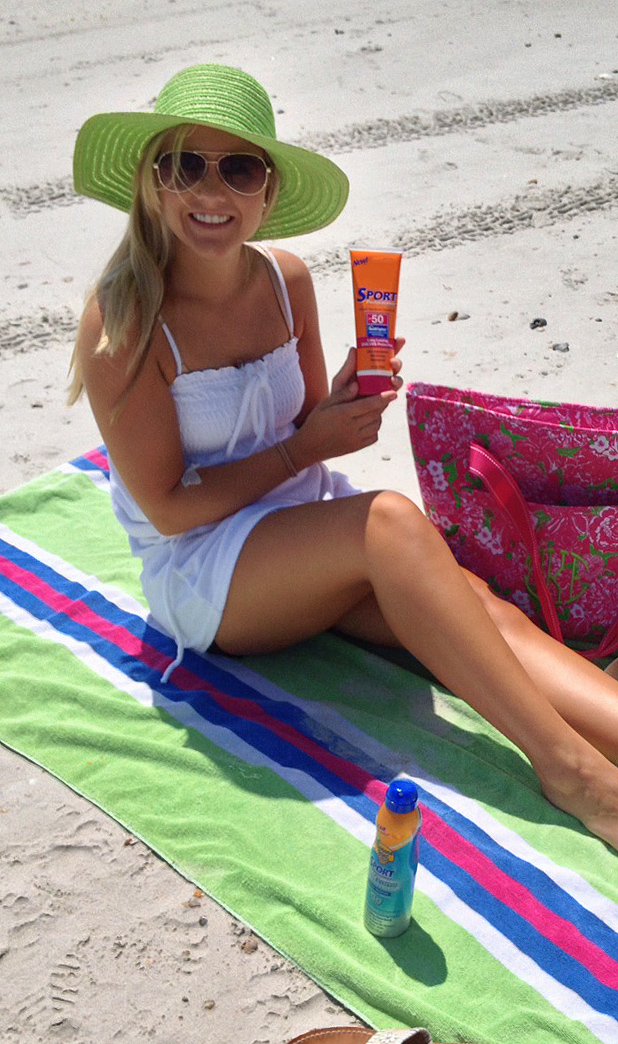
The highlights of sun protection, for practicing 'safe sun':
- Apply sunscreen with at least a 30 SPF.
- Apply approximately 30 minutes before going outside and reapply every two hours and immediately after swimming or excessive sweating. (By the way, another myth I had busted – there is no such thing as waterproof or sweat proof sunscreen)
- Apply an amount equivalent to that of a shot glass to the whole body, even underneath clothing.
- Make applying sunscreen routine. ("Ladies, do what I do, put it on daily under your makeup").
- Invest in a cute hat, wide brimmed – and wear it – along with, sunglasses, and protective clothing.
[VIDEO: "What to Look for When Buying Sunscreen"]
For those who love baking in the sun as I once did, try using safe alternatives such as bronzing lotions and spray tans instead. And for those who might be fond of tanning beds – stay away. They are just as harmful. I bet my college girlfriends will be surprised to hear this!
Check your skin – you know your body better than anyone. Even if you do your best at protecting yourself, there is always a chance you might still develop a skin cancer. Therefore it is important to be aware of skin cancer signs. Basically, remember your ABCs:
- Asymmetry
- Borders
- Color
- Diameter
- Evolving
As Dr. Jambusaria told me, frequently check your skin so that you can immediately inform your doctor if you notice any questionable moles. Of course, after I talked to the good doctor, I checked myself and happily found nothing to report.
It’s been more than two weeks since we met, and I think Dr. Jambusaira would be proud to know that I’ve become more diligent at using sunscreen. I wear a hat and sunglasses when I'm outside and especially at the beach.
I challenge you this summer to join me in regular use of sunscreen as well as protective clothing and skin checks to avoid becoming a statistic.
After all, what do you have to lose? Staying protected and skin cancer free can only help increase your time spent enjoying all the things you like to do.
By the way, if you haven’t seen it, check out this fun cartoon that Mayo did to reinforce how to be sun smart.
Editor's Note: This post was written by Mica Kotze, a student from Florida State University interning with the Mayo Clinic Public Affairs Department in Florida.
We shared this story on Facebook, Twitter and Google+.





